15 Marvellously Melodic Musical Instrument Facts!
These stunning facts about instruments are bound to be music to your ears!
Everyone loves music, maybe you even play a musical instrument yourself – but we bet that most of these amazing facts will be a total surprise! Get ready to learn all about the tools that help us express ourselves, and maybe you’ll be inspired to pick one up yourself! And we’ve got plenty more musical mayhem if you just can’t get enough! Why not try this super-hard music quiz, test your global music knowledge, or have a giggle with some jazz-themed jokes!
1. The first instrument was made out of a bear’s thigh bone!
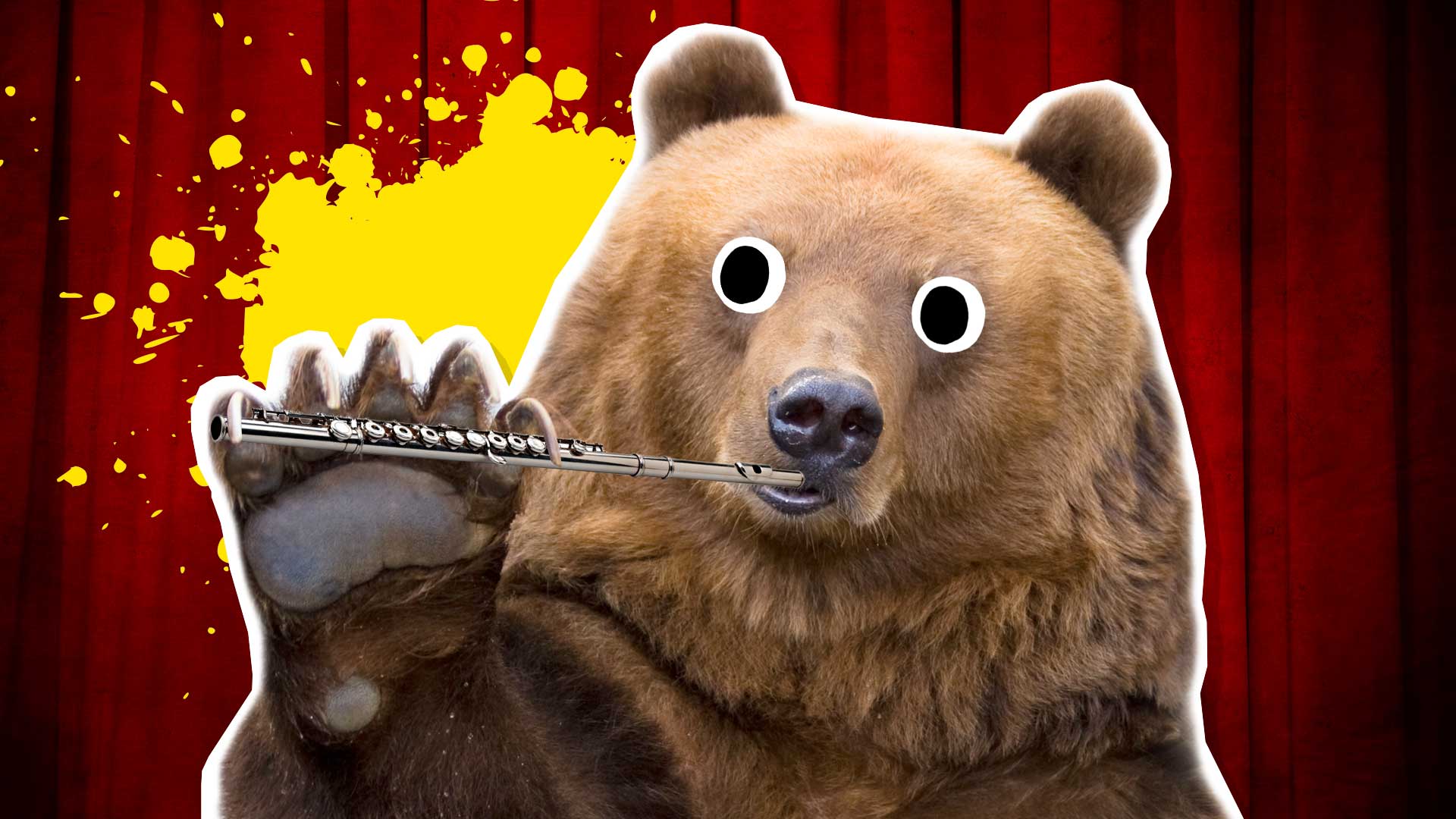
In 1995, scientists found what is thought to be the first-ever musical instrument! A bear femur – a thigh bone – was found in Slovenia during an archaeological dig and upon closer inspection, it had a series of holes like a recorder. Named the Divje Babe flute, it is over 60,000 years old and definitely NOT available in shops.
2. The harp is one of the oldest string instruments!
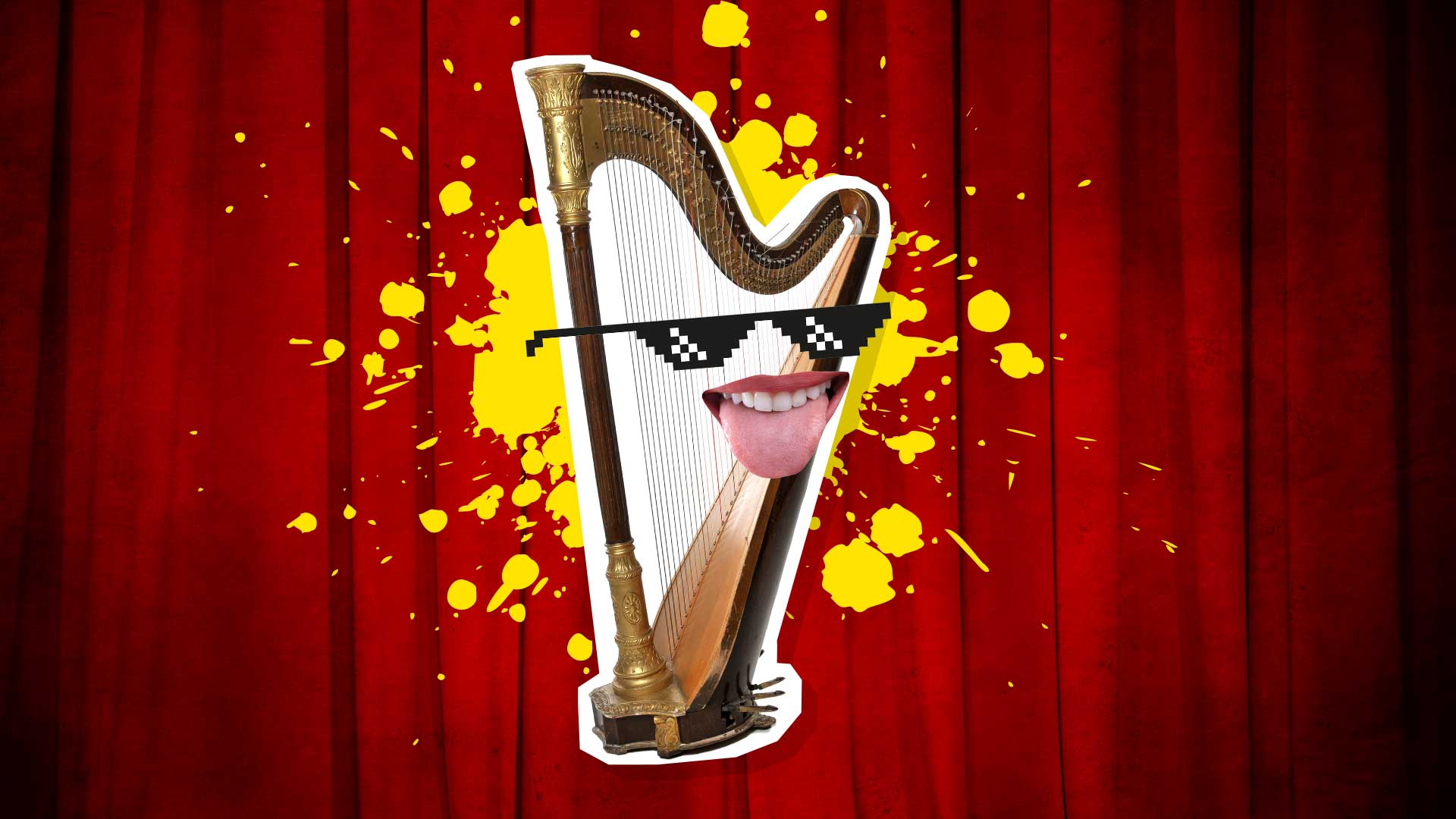
The harp is plucked by fingers and has been around for centuries. The instrument originated in ancient Egypt around 2500 BC and has come to embody tranquility and grace, and can be heard in cathedrals, fancy royal occasions and wedding ceremonies.
3. Termites seem to like heavy metal!
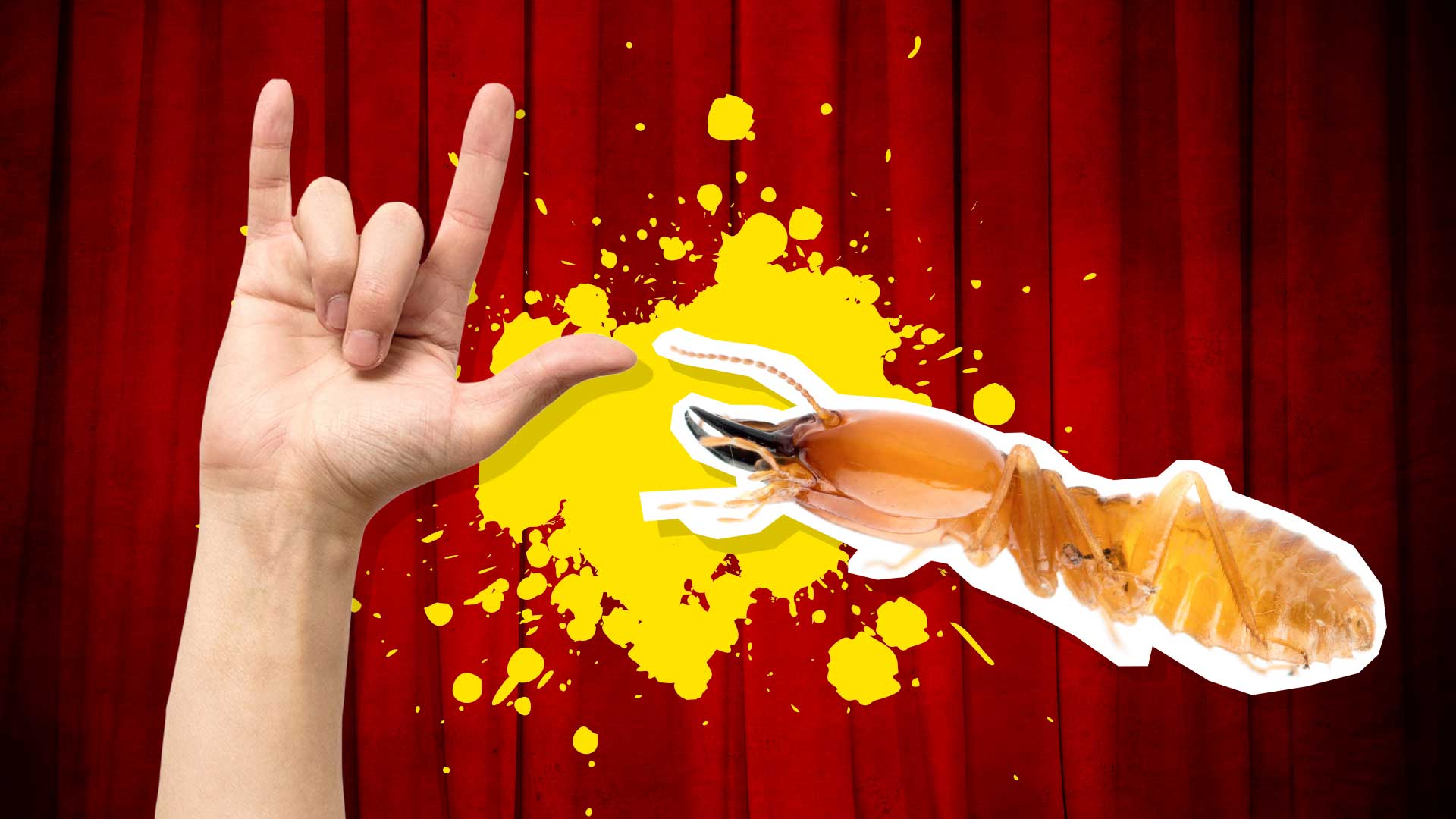
While we’re not exactly sure if termites prefer thrash metal to K-pop, the bugs were studied and research showed that they ate wood twice as quickly when exposed to heavy music!
4. A cello is actually called a violoncello!
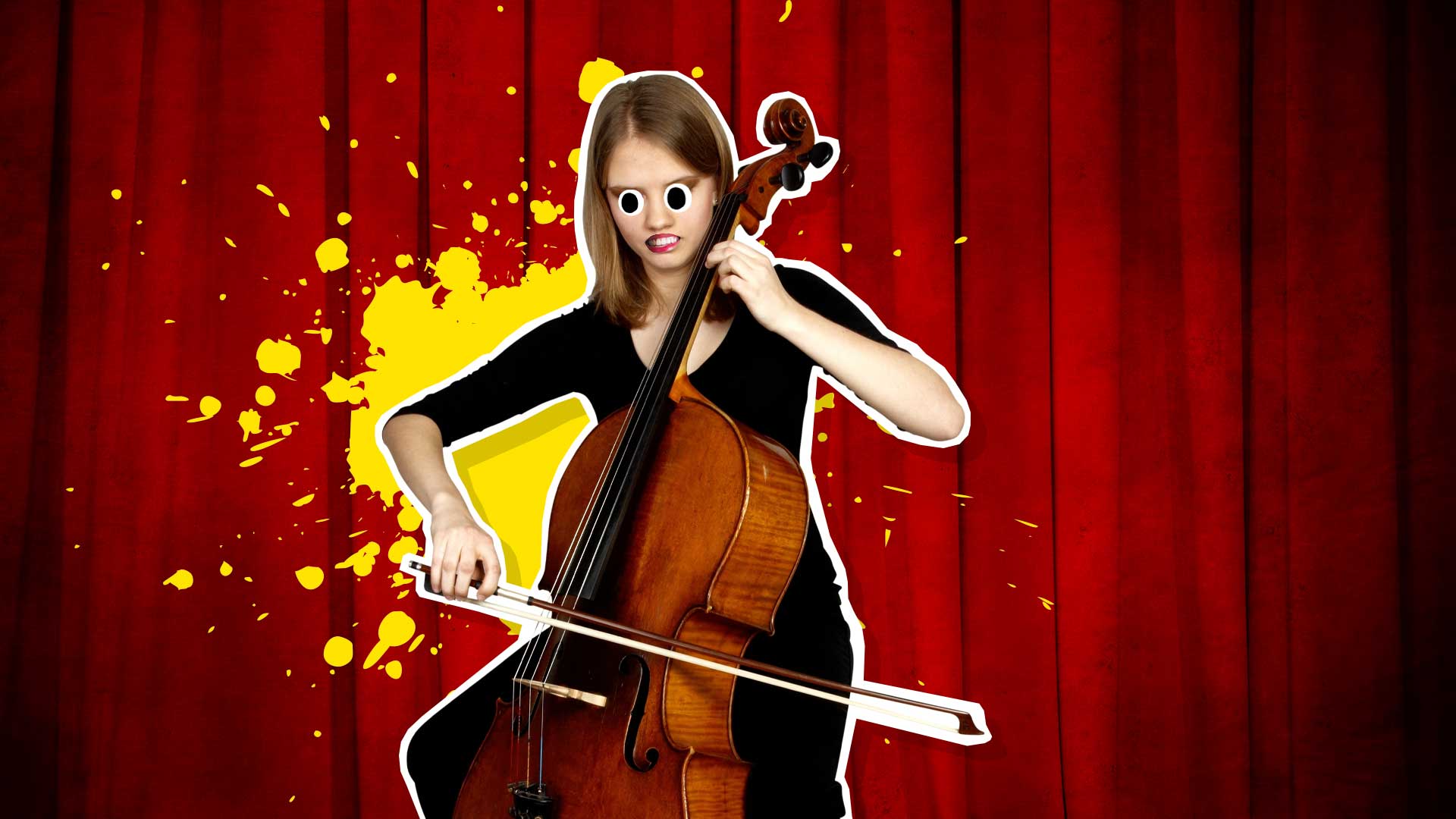
“Cello” is actually short for “violoncello”! “Violoncello” means “little violone” in Italian, and a violone is like a bigger cello (with us so far?)! There are a lot of members of the violin family, and the biggest is the double bass!
5. A violin is made up of over 70 pieces of wood!

In contrast to the cello, the violin is pretty small – the smallest member of the violin family, in fact! But that doesn’t mean it’s easy to make one. If you’re interested in crafting your own violin, you’re gonna need 70 carefully cut pieces of wood! Violins are usually made of spruce or maple wood, as they’re light and durable.
6. Ukulele means “jumping flea”
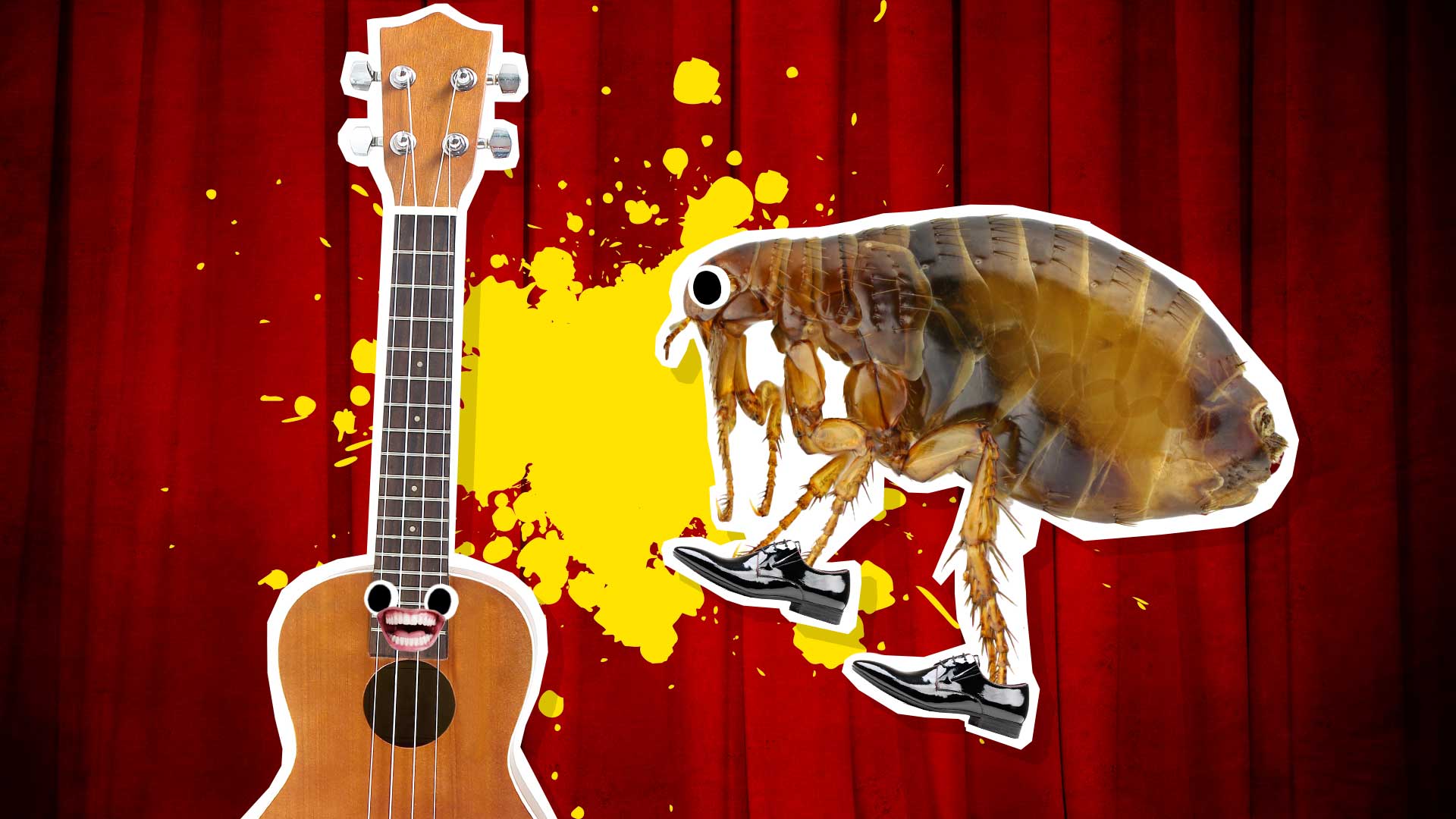
It’s generally thought that ukulele basically means ‘jumping flea’ in Hawai’ian! This is because of the movement the player’s fingers make when they strum it. Not everyone agrees though – some people believe that it’s possibly named after a mouth bow instrument called a ukeke, which was originally the only stringed instrument on the island. Queen Lili’uoklani, the last queen of Hawai’i, played the ukulele and composed music for it. She helped to make the instrument popular abroad. Allegedly she said that the word meant “the gift that came here.”
7. Pianos have 88 keys!

Your standard piano will always have 88 keys – 52 white and 36 black! An earlier version of the piano called the harpsichord only had 60 keys. This was quite limiting for composers, who wanted to create pieces with a wide range of notes, so several different versions of the harpischord and the piano were invented. The modern 88-key piano was invented by piano manufacturer Steinway in the late 1800s. You can get some models with even more keys – one company sells 97-key pianos, where the extra keys are all black, and another made a world record in 2018 when they made a 108-key piano!
8. The trumpet is considered musical royalty!
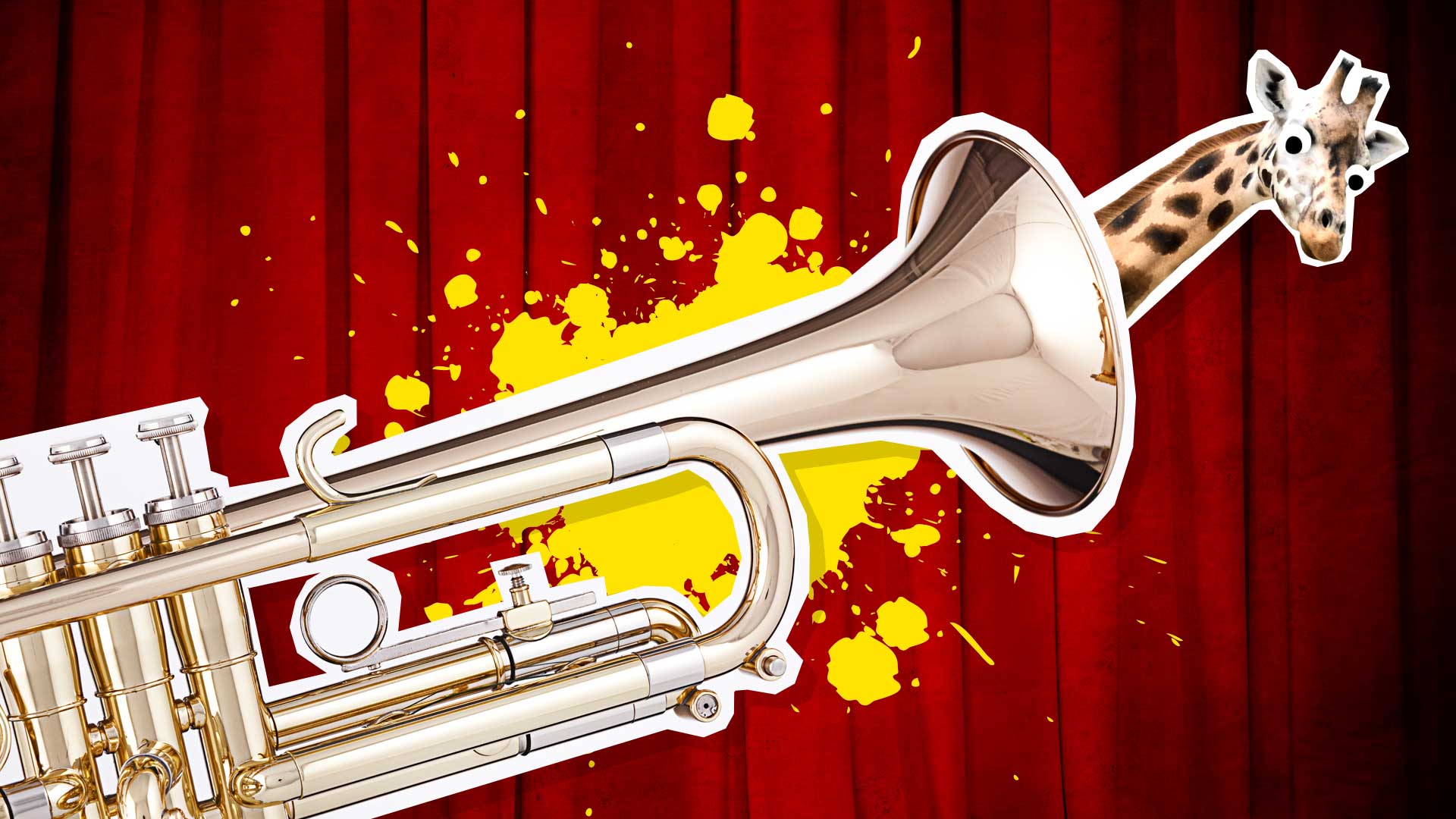
Need a memorable way to make an entrance? You should hire a trumpet player to announce your arrival! Trumpets are historically associated with both royalty and the military, and there’s a very good reason for this. Back in the days before speakers and communication devices, it was difficult to let people know things across a long distance. So if you had something important to announce, like an order in battle or the arrival of someone important, you’d need something VERY loud. Trumpets are just perfect for the job! They’re not used to give orders in battle any more, but they’re still used nowadays when royal proclamations are made. For example, when King Charles III was announced as the new king, a trumpet was used.
9. There’s an orchestra who play vegetables!

The Vienna Vegetable Orchestra (or Das erste Wiener Gemüseorchester, if you’d prefer it in German) is a 12-piece orchestra who play using fresh vegetables as their instruments. They play the vegetables for a live audience, with special microphones to enhance the sound, and at the end they cook the leftovers and cutoffs into soup for the audience – which is why one member of the orchestra is the cook! Their instruments include carrot xylophones, pumpkin drums, and onion maracas!
10. The bagpipes were invented in the 14th century!

Bagpipes are most associated with Scotland – but they actually originated much further afield! In fact, there are records of bagpipe-like instruments in ancient Turkey and Greece, and also in the Roman Empire! In fact, some suggest that the instrument that Emperor Nero allegedly played while Rome burned was more like a bagpipe than a fiddle! Modern bagpipes seem to have originated in the 14th century, as their first clear mention came in Geoffrey Chaucer’s Canterbury Tales (written around 1380).
11. The saxophone was named after Mr. Sax!

Inventors often name their inventions after them (the Eiffel Tower, the Tesla coil, and the Ferris wheel, to name a few!), and the saxophone is one of them! Belgian-born Adolphe Sax lived from 1814 – 1894, and he was an inventor and musician. He invented and patented the saxophone in the 1840s, and named it after himself. He invented several other wind instruments, but the saxophone is still the most famous.
12. The first electric guitar was nicknamed the “Frying Pan”
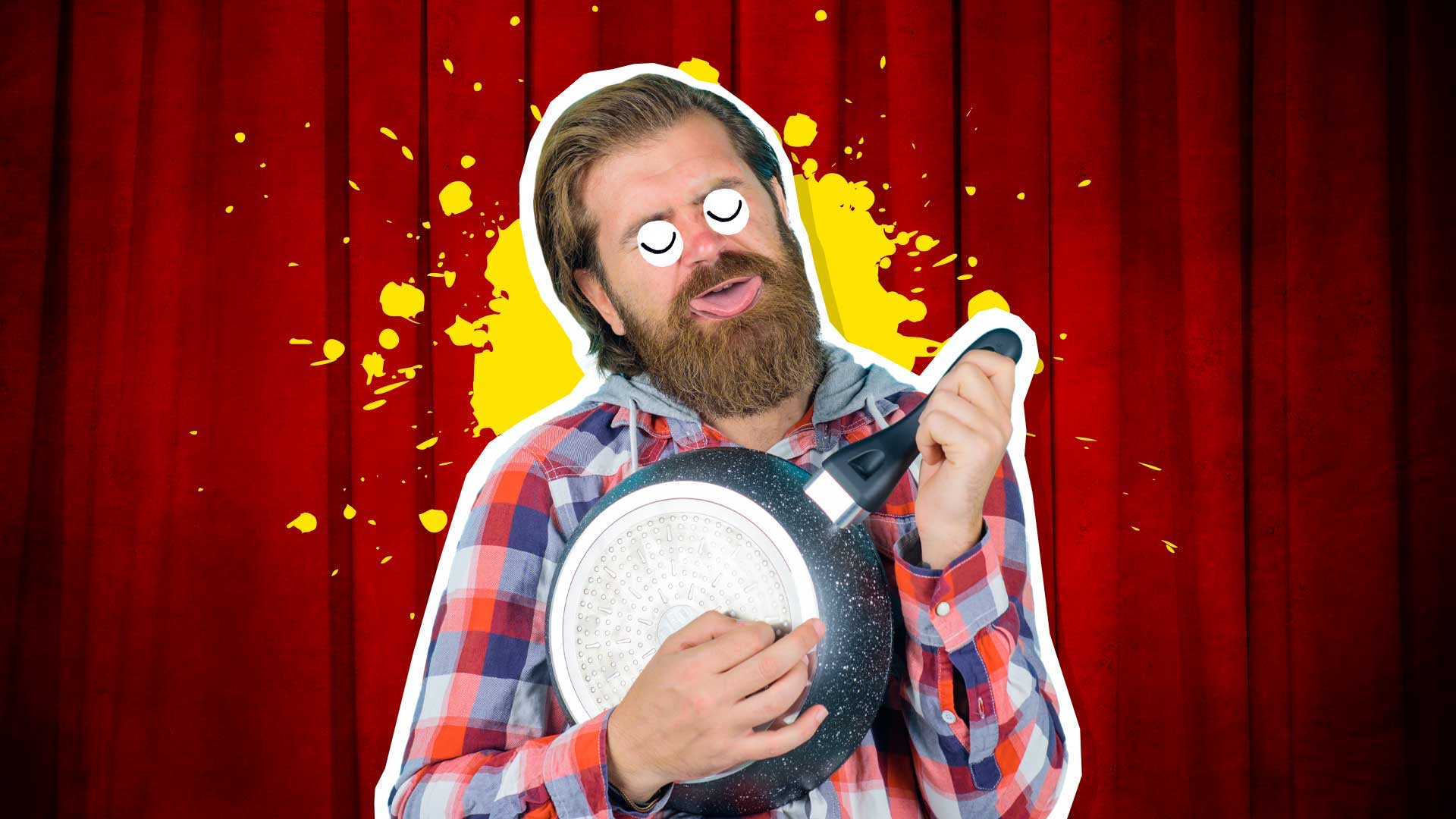
When do you think electric guitars first hit the music scene? The answer might surprise you – 1931! The Rickenbacker Electro A-22 was developed in the early 1930s and patented in 1937. This was in a time when electricity was starting to appear in most people’s homes and lifestyles, not just something for the rich, but the idea of an electrical instrument was still quite fantastic. The guitar was nicknamed “The Frying Pan” or “The Fry Pan” because of its long narrow neck and circular body. If you look up a picture, it’s quite different from a modern electric guitar!
13. A drum kit has five sections!

Drum set-ups vary a lot, but your average drum kit contains five sections: the snare, the bass, the tom-toms, the cymbals, and the hi-hat cymbal, which is played by a foot-operated pedal! You’ll also need a still to sit on, your drumsticks – and the drummer, of course!
14. We have Italy to thank for the piano!
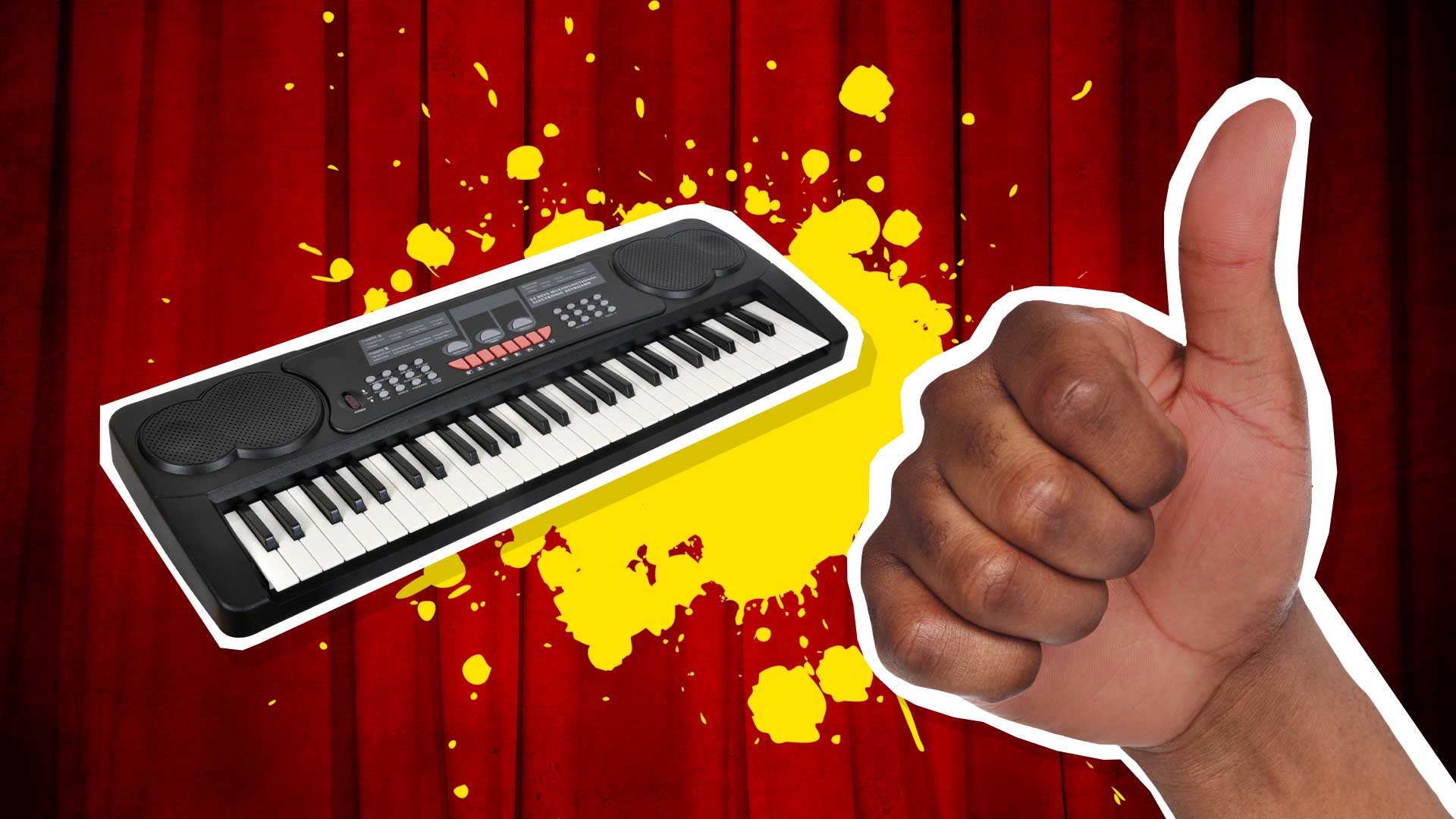
Do you love playing the piano, or even just listening to the piano? Then you owe Italy a thank you! We’ve already learned a little about the history of the piano, and while the modern piano dates from the late 1800s, there was an intermediate model credited to Italian musician Bartolomeo Cristofori (1655–1731). He was an expert harpsichord maker. and he turned his skills towards making an instrument that could play a wider range of tunes. Cristofori’s real innovation was creating an instrument where the hammers struck the strings but fell away immediately, so as not to dampen the sound. The word “pianoforte” literally means “soft and loud”,
15. The xylophone has had many names!
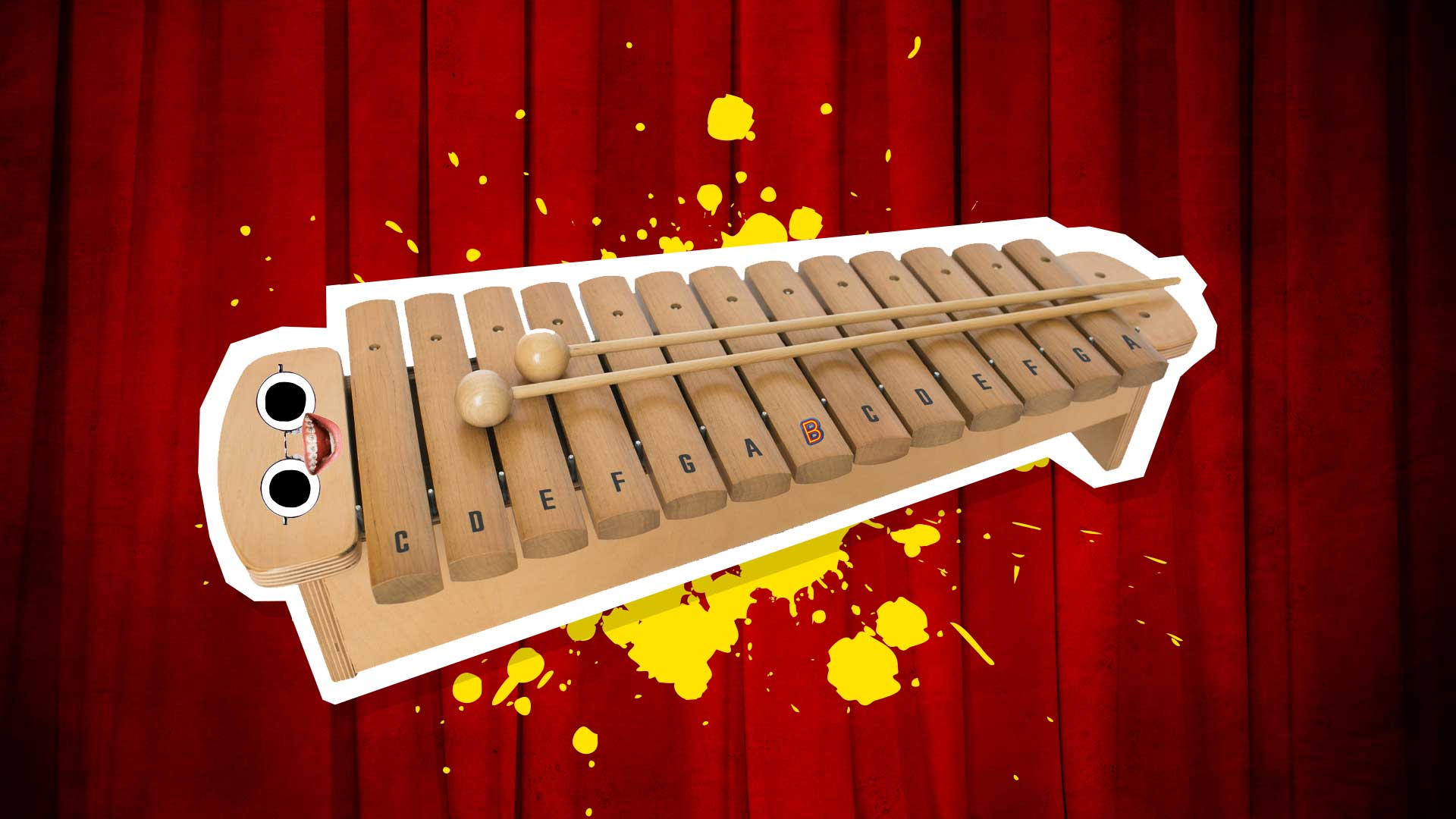
You definitely know what a xylophone is – and what’s more, you’ve probably played one! “Xylophone” is a Greek word meaning “sound of wood”, but we’re actually not sure about the precise origin of the instrument itself! There are several instruments that are close cousins of the xylophone, including the marimba, balafon, and dondang sayang from Africa, the gamelan from Indonesia, and the ranat ek from Thailand. All of them involve hitting bars with mallets to produce sound. Marimbas are different from xylophones, but in Latin America the names are sometimes used interchangeably.














